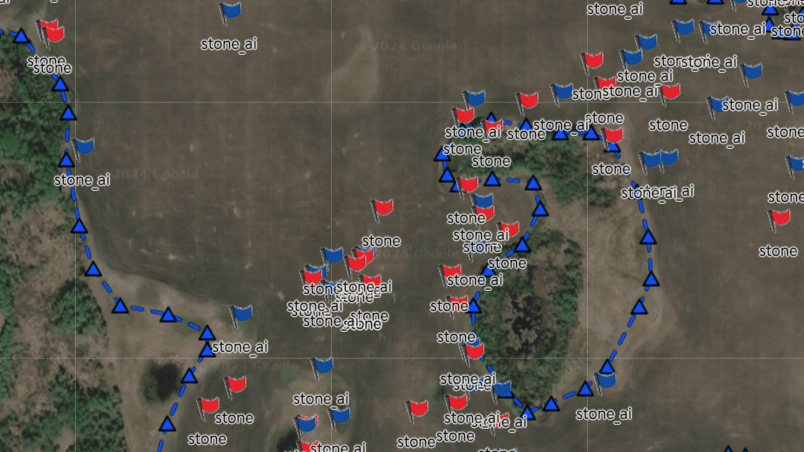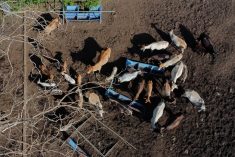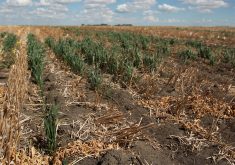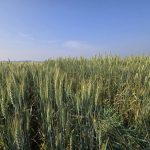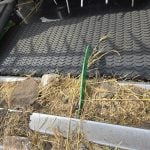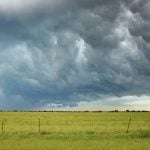Frost and drought can cause nitrates to accumulate in the stems of forages. It can also cause panic in beef producers.
But Jim Armstrong, a livestock agrologist with Saskatchewan Agriculture in Tisdale, said nitrates in forage can be used to advantage. It’s just a matter of management.
“Some of the forage nitrates resulting from frost and drought are converted to nitrites by the microorganisms in the cattle rumen, and then are converted to ammonia. Rumen bacteria can absorb ammonia and use it to produce proteins,” said Armstrong.
Read Also
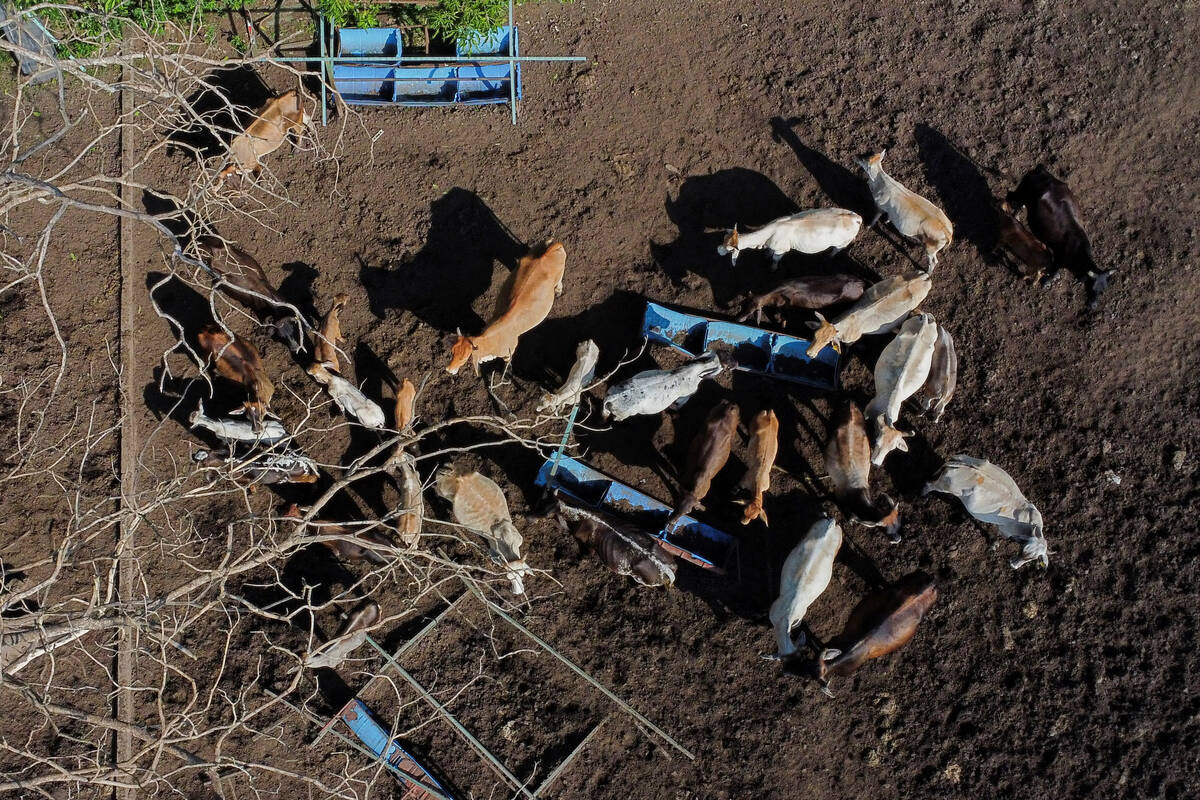
Cattle smuggling worsens outbreak in Mexico
Cattle being smuggled across Mexio’s southern border are making a screworm outbreak much more difficult to control.
In the blood
When levels of nitrates and nitrites are too high for the rumen microorganisms to use, both can be absorbed directly from the rumen into the blood stream.
There they attach to hemogloben molecules, and reduce the ability of the blood to transport oxygen, which can lead to death.
“But nitrates are manageable, and can even be an indirect form of nutrition,” said Armstrong.
Traditionally, producers have been advised to swath immediately after a frost, before nitrates accumulate.
Waiting period
Alternatively, they have been advised to wait for 10 days – enough time for the nitrates to dissipate as the plant recovers and uses the nitrates in the production of new plant tissue.
“But I advise producers to cut hay when the weather is most favorable. Bad weather has destroyed more hay than nitrates,” he said.
“After the hay is baled, it should be tested for the presence and level of nitrates. Forages with high levels of nitrates can then be diluted with other feeds.”
Ruminants can use nitrates in regulated quantities.
Their ability to use nitrates increases as the rumen adapts to its presence in the forage.
“So don’t panic when it freezes. Properly cut, cure and store forage, then test for nitrates. Based on the results of the test, manage as required.”

